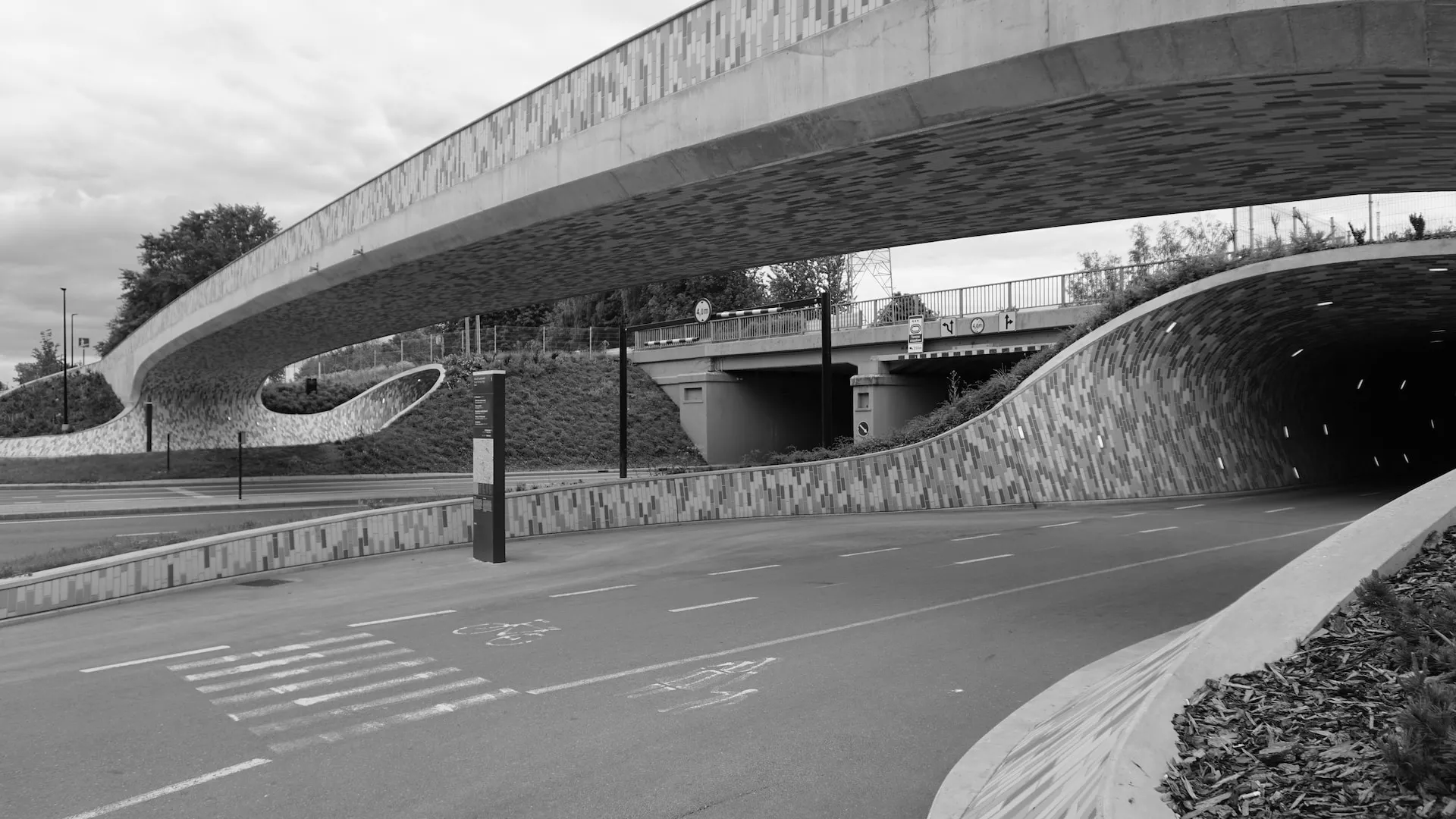Estonia, a nation of progress and innovation, faces a critical challenge that threatens its very foundation – the chronic underfunding of its road infrastructure. Infrastructure construction experts have long sounded the alarm, highlighting the adverse impact on road quality, safety, and overall functionality. The proposed solution to this persistent problem involves redirecting the vehicle tax towards road construction and maintenance, creating a dedicated and stable funding source for the sector.
The Estonian Infra Construction Association reveals a daunting reality – a debt of over 4.4 billion euros for the renovation of public roads. This mounting debt compounds each year, leading to a deterioration of road conditions that reverberates across the entire nation. The consequences extend beyond crumbling asphalt, affecting public safety, economic activities, and the overall well-being of the population.
Some time ago, the State Budget Act of 2022 projected a grim future for road maintenance funding. Both 2024 and 2025 are expected to witness further reductions of nearly 100 million euros annually for state highways, exacerbating the existing problem of reduced investments. In 2023, infrastructure construction investments are at approximately 202 million euros, but this figure is anticipated to plummet to around 108 million euros by 2025. Such drastic cuts will undeniably hamper the condition of the road network, impacting the sector’s capacity and sustainability.
A critical turning point occurred in 2015 when the Estonian government decided to uncouple road maintenance funding from fuel excise taxes. Previously, 75% of revenues from these taxes were allocated to road maintenance. However, in recent years, even with fuel excise taxes yielding over 500 million euros annually, the portion directed to road maintenance consistently falls below 50%. The decision initiated a trend of significantly reduced investments in road infrastructure compared to previous levels.
To secure the long-term viability and functionality of Estonia’s road network, a fundamental shift is imperative. Redirecting the vehicle tax towards road construction and maintenance offers a sustainable solution. It ensures that funds collected from road users directly benefit the sector that is vital to them. This approach empowers construction companies for long-term planning, addressing the mounting backlog of public road renovation and fostering a safer and more prosperous future for the nation.
As we reflect on the past two decades, the evolution of Estonia has been marked by the involvement of specialists managing various sectors. Informed decisions based on experience and risk mitigation have been the bedrock of our success story. However, recent changes in governance, marked by a new generation of politicians lacking knowledge beyond party dogmas, have blurred once-clear priorities. This shift distances the state from society and the foundational elements of past success.
In challenging economic and geopolitical times, the right decisions become even more crucial for the nation’s prosperity. Incorporating experience and knowledge into governance, regardless of political discomfort, is a necessity. The path forward demands a recommitment to the principles that shaped Estonia’s success – informed decisions, strategic investments, and a clear vision for a prosperous future.
There are a few urgent steps I would suggest we consider:
- Advocate for policy change by mobilizing public support to redirect the vehicle tax towards road construction and maintenance, engage that with policymakers advocating for policy changes
- Launch general public awareness campaigns to inform the public about the critical state of our current road infrastructure and the potential benefits and overall long-term gains of redirecting the vehicle tax
- Foster collaboration between the government and construction companies to formulate sustainable, long-term strategic plans for road construction and maintenance
- Explore and adopt international best practices in infrastructure funding and management to enhance efficiency and effectiveness, it would be sufficient if you just look around in the Nordics
Thoughts?

